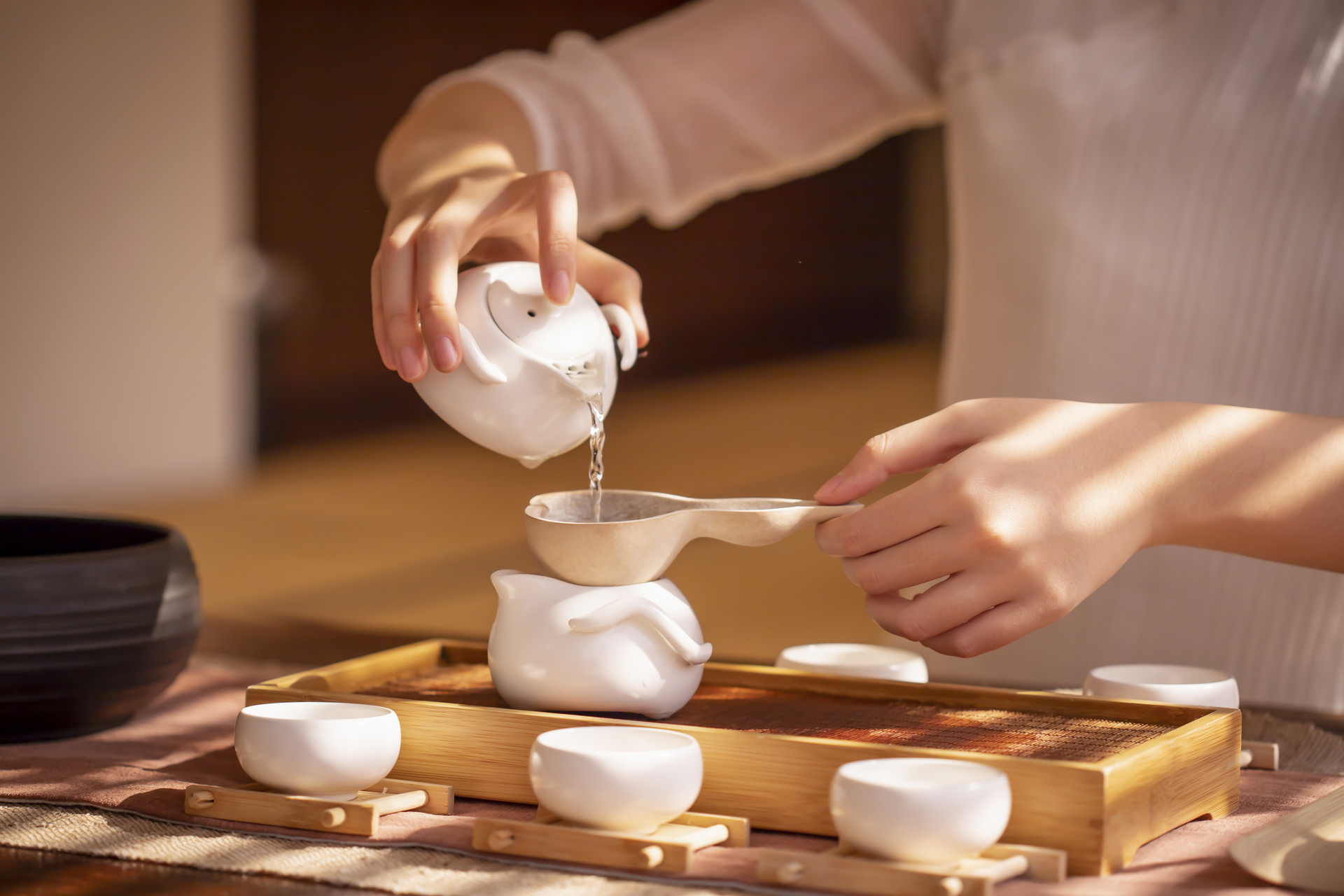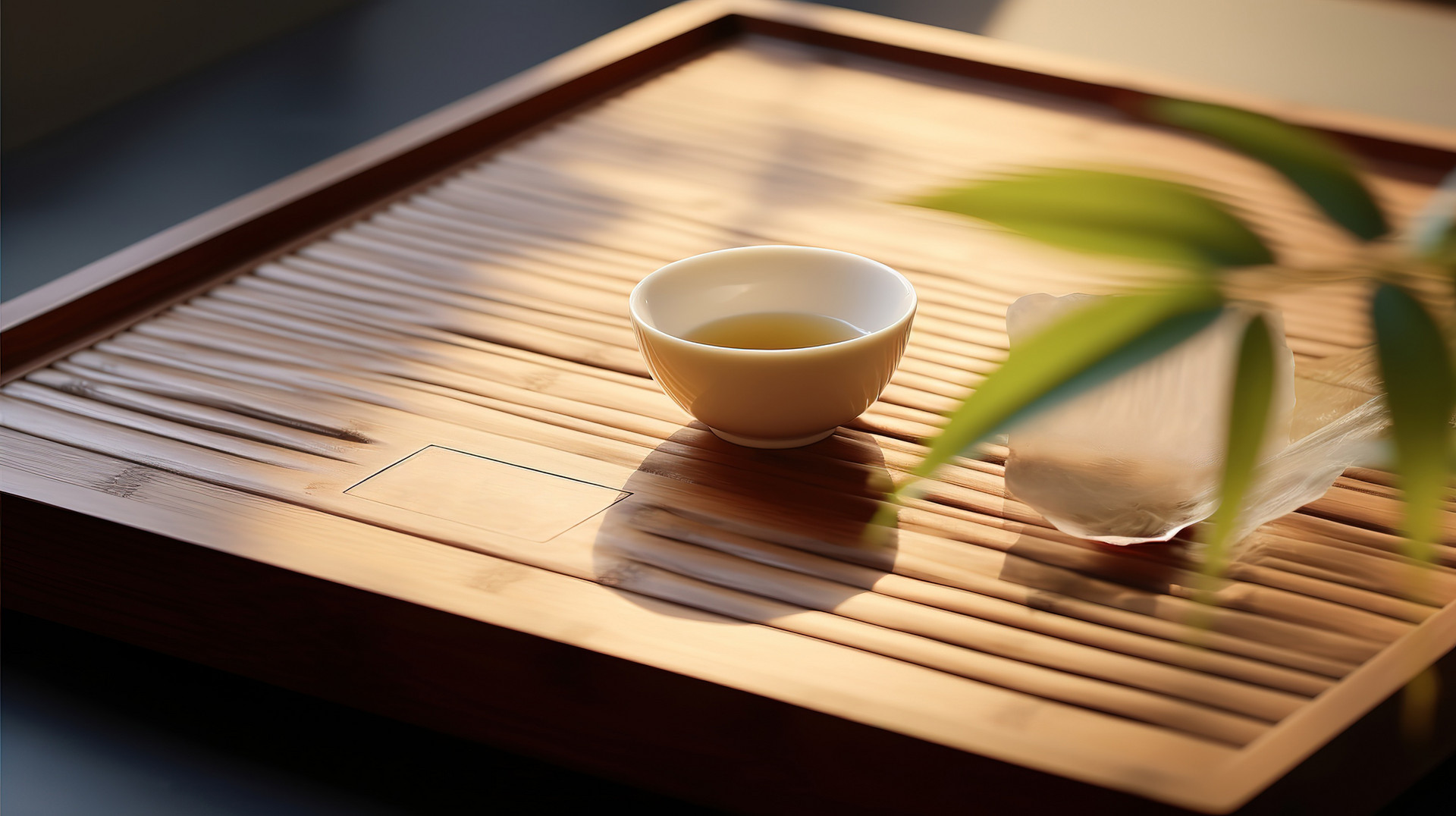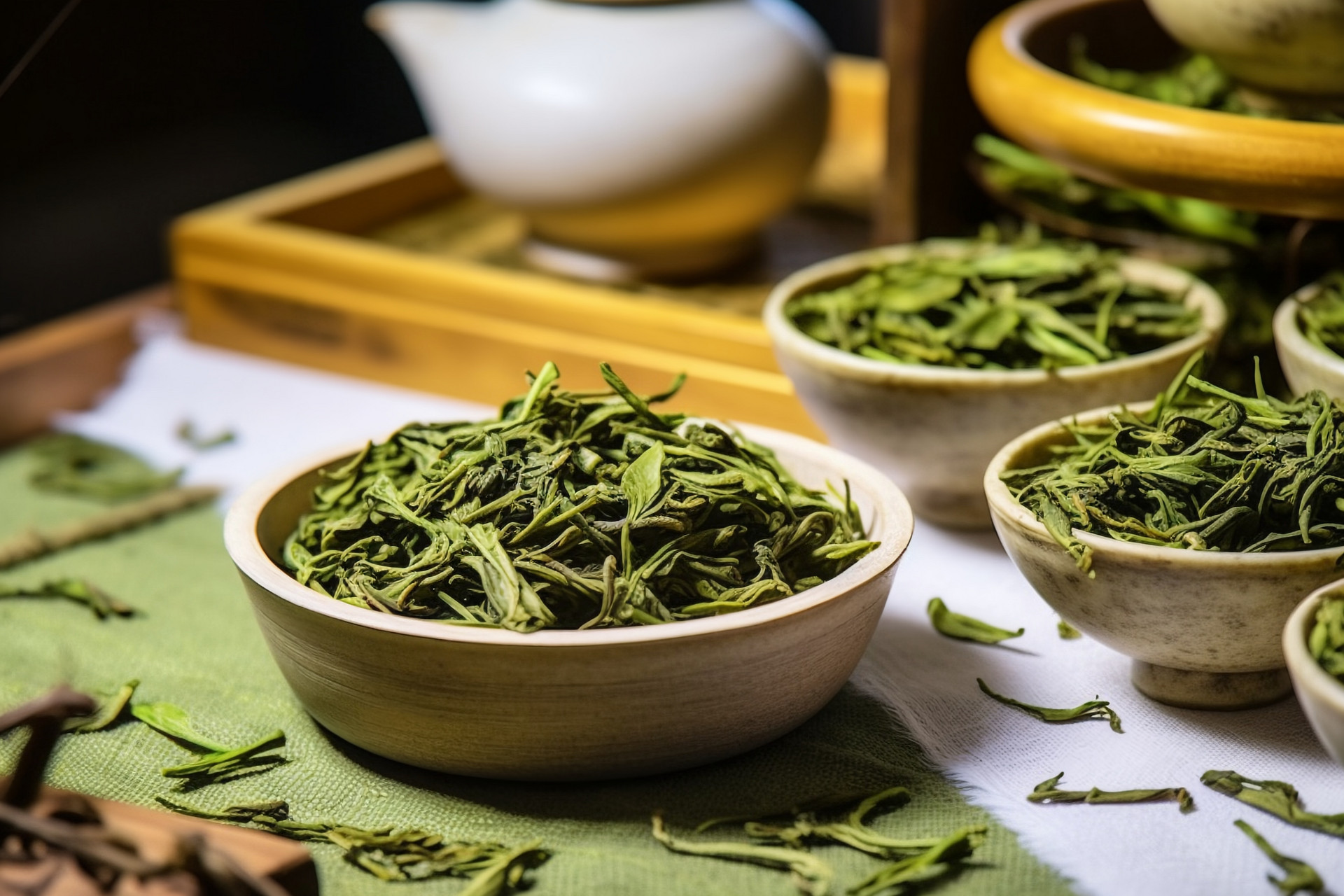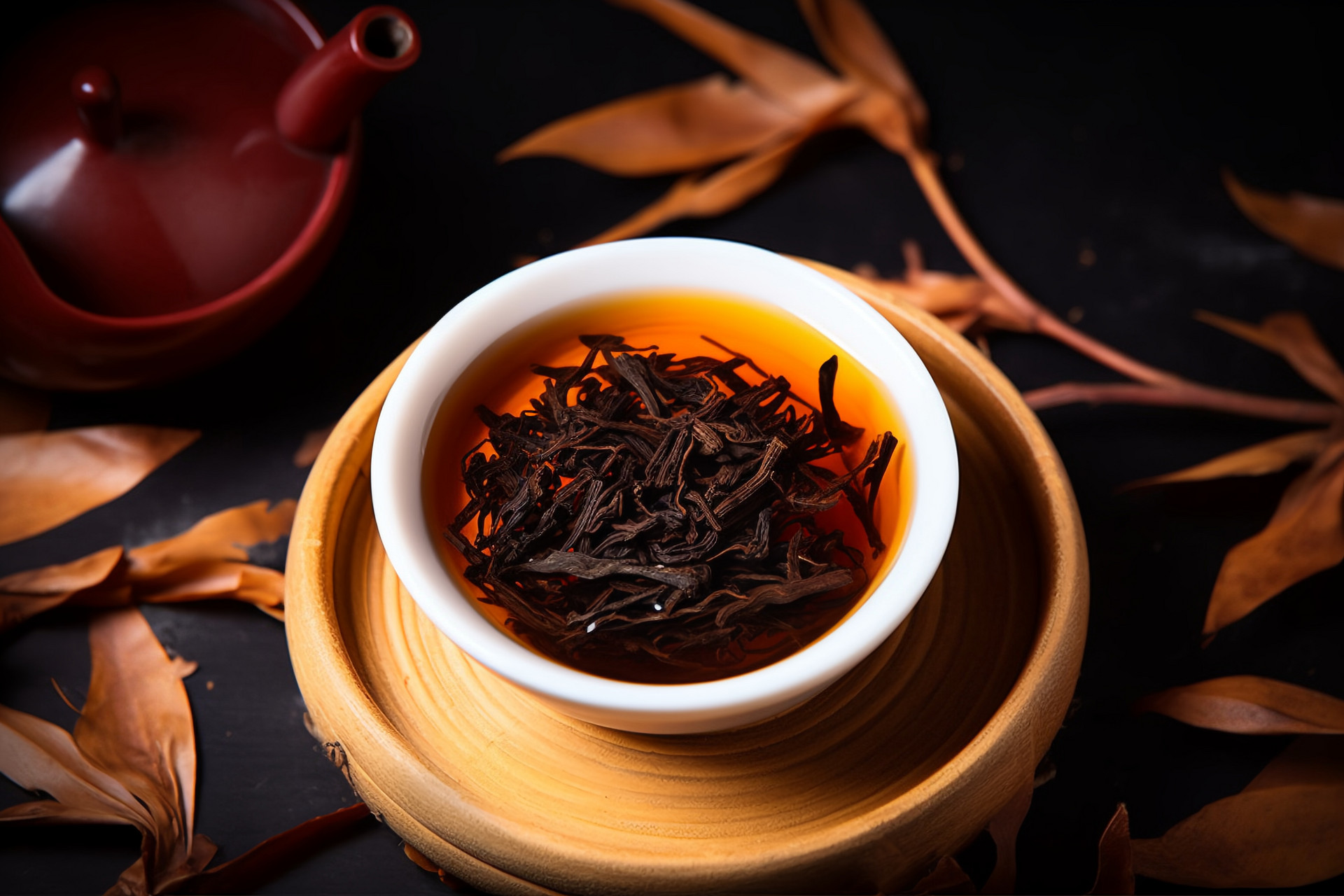Many elderly people suffer from headaches, and taking medication does not seem to help. It is possible that you are not taking the right medicine, and frequent headaches may indicate that you have trigeminal neuralgia, also known as facial pain. Traditional Chinese medicine uses "Honghua Quanxie Wine" to alleviate trigeminal neuralgia.
[Name]
Honghua Quanxie Wine
[Ingredients]
Honghua 10g, Chuanxiong 10g, Xuejie 3g, Quanxie 2g, Huangjiu (yellow wine) 100ml.
[Preparation]
Put the first 4 ingredients into the yellow wine and soak for 3 days. Quanxie can be reused twice, with 10ml taken each time, morning and evening. This formula has the effect of promoting blood circulation, relieving pain, and is suitable for patients with trigeminal neuralgia caused by blood stasis and meridian blockage.
[Introduction to the Ingredients]
Chuanxiong: Promotes blood circulation, dispels wind, and relieves pain. Used for chest pain, chest and rib pain, bruises and swelling, irregular menstruation, dysmenorrhea, abdominal pain, headache, and rheumatic pain.
Honghua: Promotes blood circulation, regulates menstruation, disperses stasis, and relieves pain. Used for amenorrhea, dysmenorrhea, lochia retention, masses and lumps, chest pain, abdominal pain due to stasis, chest and rib pain, bruises and swelling, and sores.
Xuejie: Functions in promoting blood circulation, stopping bleeding, and promoting tissue regeneration. Used for bruises, sprains, internal injuries with stasis and pain, and uncontrollable external bleeding.
Quanxie: Dispels wind, stops spasms, unblocks meridians, and relieves pain. Used for infantile convulsions, spasms, stroke sequelae, hemiplegia, tetanus, wind-damp obstruction, headache, toothache, deafness, carbuncle and swelling, lymphadenitis, snake bites, burns, measles, and stubborn tinea.
[Distinguishing Trigeminal Neuralgia from Other Diseases]
Trigeminal neuralgia, also known as "painful spasm," is increasingly common in modern society. Due to the similarities in symptoms between trigeminal neuralgia and other facial pain disorders, trigeminal neuralgia is often not given enough attention in the early stages of the disease.
Trigeminal neuralgia usually occurs in middle-aged and elderly people, with a higher incidence on the right side. The characteristic of this disease is the sudden, severe, lightning-like, cutting, burning, persistent, and intolerable pain in the distribution area of the trigeminal nerve in the head and face. Talking, washing the face, brushing teeth, or even a gentle breeze can trigger intense pain. The pain lasts for seconds or minutes, and it occurs periodically with intervals, similar to normal individuals.
However, most people are not aware of the symptoms of trigeminal neuralgia, so it is important to have a basic understanding of the symptoms and seek timely treatment in order to address the root cause of the problem.












![[Herbal Wine Recipes for Health and Beauty]](https://tcmmaintenance.com/uploads/20240715/7241f6b6eafdaed88c28b26a37213964.jpg)